The Mixing Bowl.
fighting food poverty with kitchens, cafés and mutual aid.
| project type | skills used | key words |
| D&AD Awards Brief | Strategy / Branding / Copywriting | Food Activism / Mutual Aid / Community |
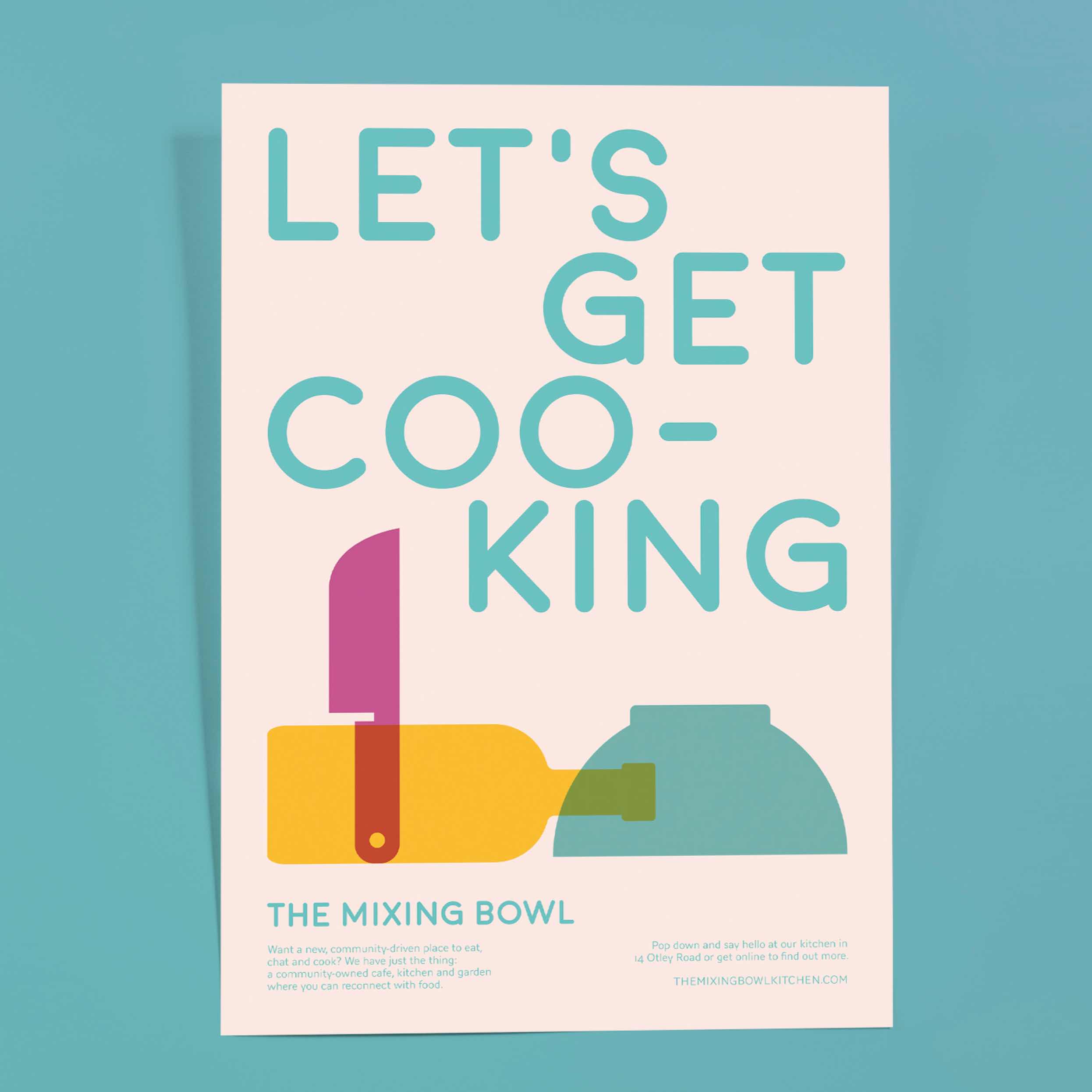
| what is the mixing bowl? | one |
|---|---|
| The Mixing Bowl is a community-run café, kitchen and garden concept which provides those who need it with access to nutritious, tasty food and a communal space to cook in, learn in and have fun in. | |
| what is the mixing bowl? | two |
|---|---|
| The Trussell Trust have reported a 73% increase in food bank usage from 2014 to 2019, an increase that shows no sign of abating. I created this project informed by the anger I felt about the levels of food poverty in the UK and how those who work tirelessly at food banks seem to be fighting an increasingly losing battle. | |
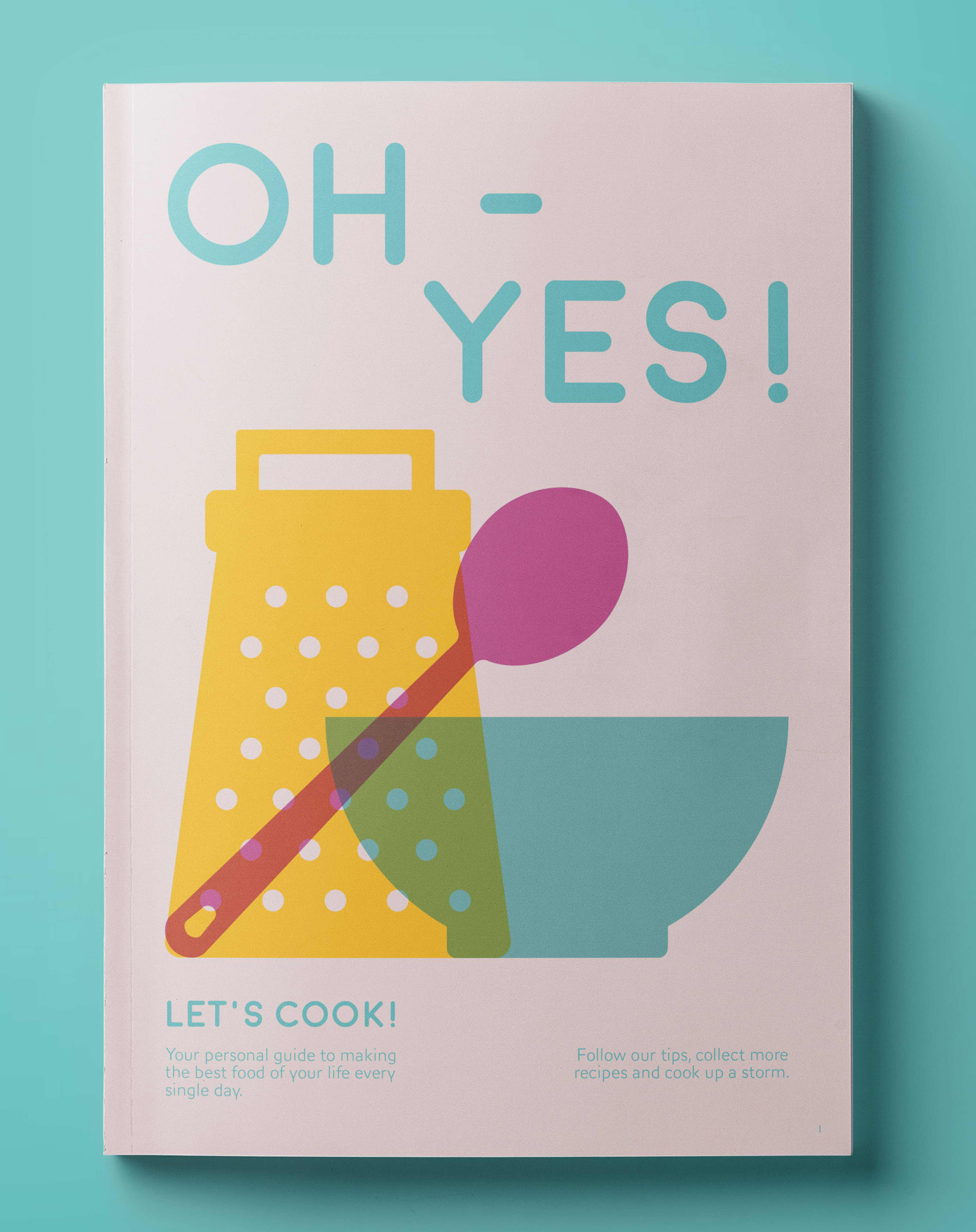
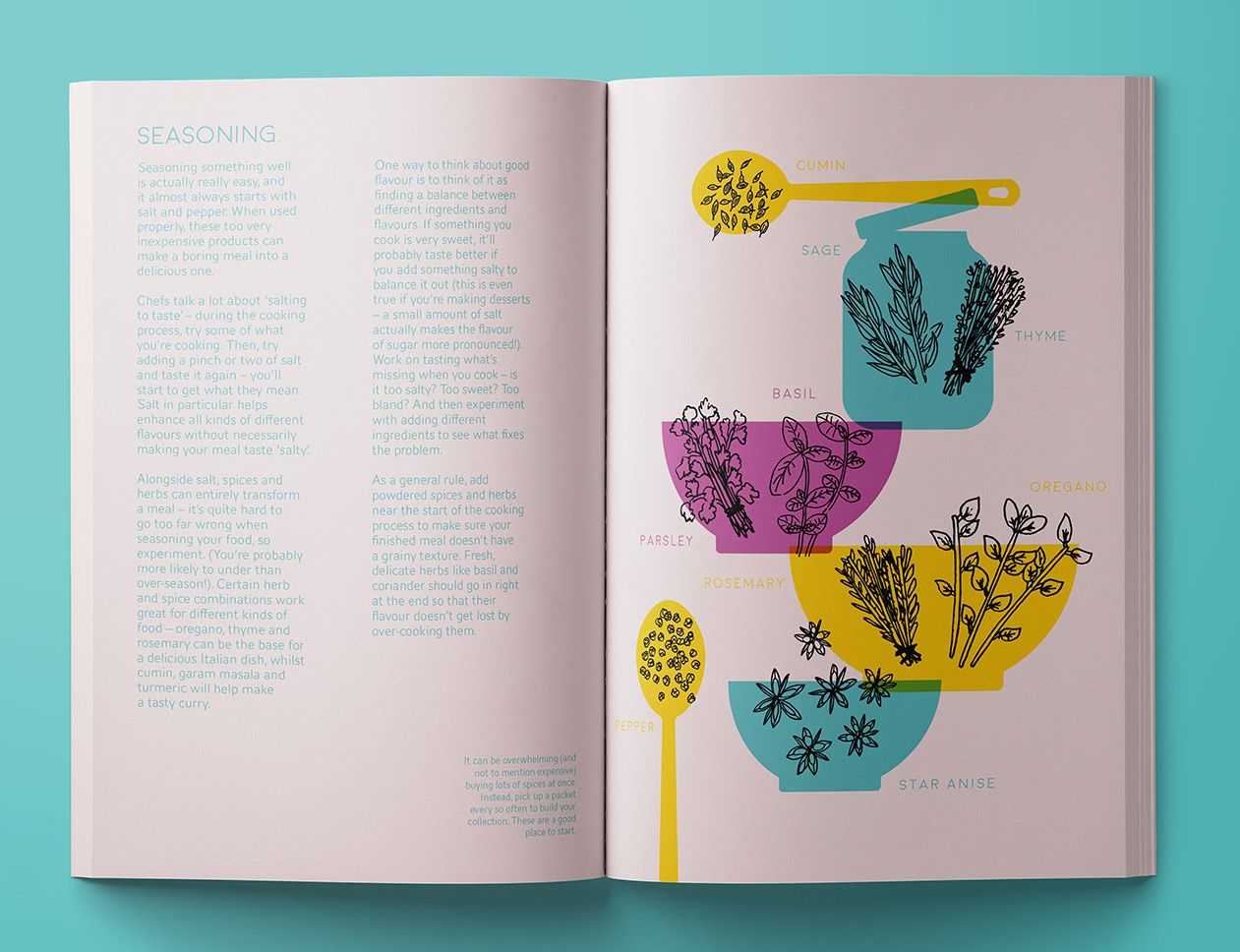
30% of children in the UK grow up in poverty.
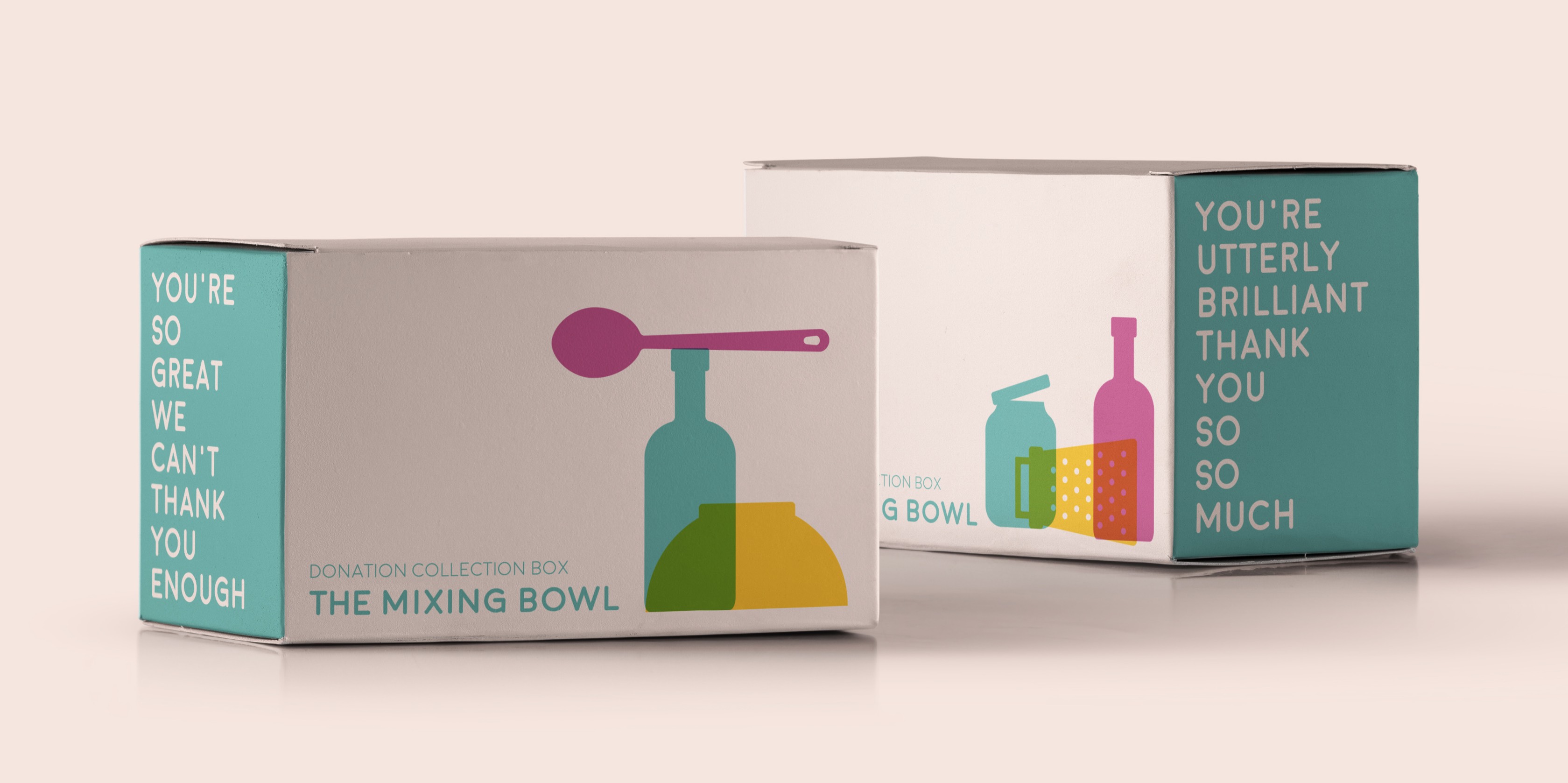
| how to fix a broken system | one |
|---|---|
| Examining the manifold problems associated with reliance on food banks, my research centred on the failings of the current system and how new grassroots projects could help plug the gaps left by the government. | |
| the problem | |
|---|---|
|
One. There is a stigma attached to receiving help from food banks, with many people feeling too ashamed to go. It is estimated that only 1 in 5 of those who have trouble accessing food go to food banks for help. Two. Almost all food provided is tinned or long life, which means that those who rely on food banks receive no fresh food, such as fruit or vegetables. Three. Emergency packages are tightly rationed and are often made up of the cheapest available products, leading to diets which are high in sugar, fat and salt and low on the necessary vitamins and minerals. Four. Many who cannot afford to buy food also do not have access to gas or electricity, so are left with raw, cold food which they have no way of cooking. Five. Food bank users are routinely given a collection of food products with no advice on how best to cook them, so are further unable to make best use of the food they have received. |
|
| the solution | |
|---|---|
|
It is clear that the solution to this nuanced, complex problem must be nuanced itself. It must
be:
One. Multi-faceted: aimed at solving problems from a variety of angles. Two. Grass-roots driven: fostering an active community can help provide solutions before political change is implemented. Three. Political: whilst grass-roots action is crucial, policy change from government is the only thing which will fundamentally change food poverty. Four. Sustainable: for lasting effect, it must provide food education and transferable skills. Five. Accessible: it must be as easy as possible to access the services or to make donations. Six. Community-focused: it must foster a positive community creating a humanising, rather than degrading, process. Seven. Focused on joy: an opposing force to the mental distress of struggling to access food, the space must function as a place where food can be a source of happiness again. |
|

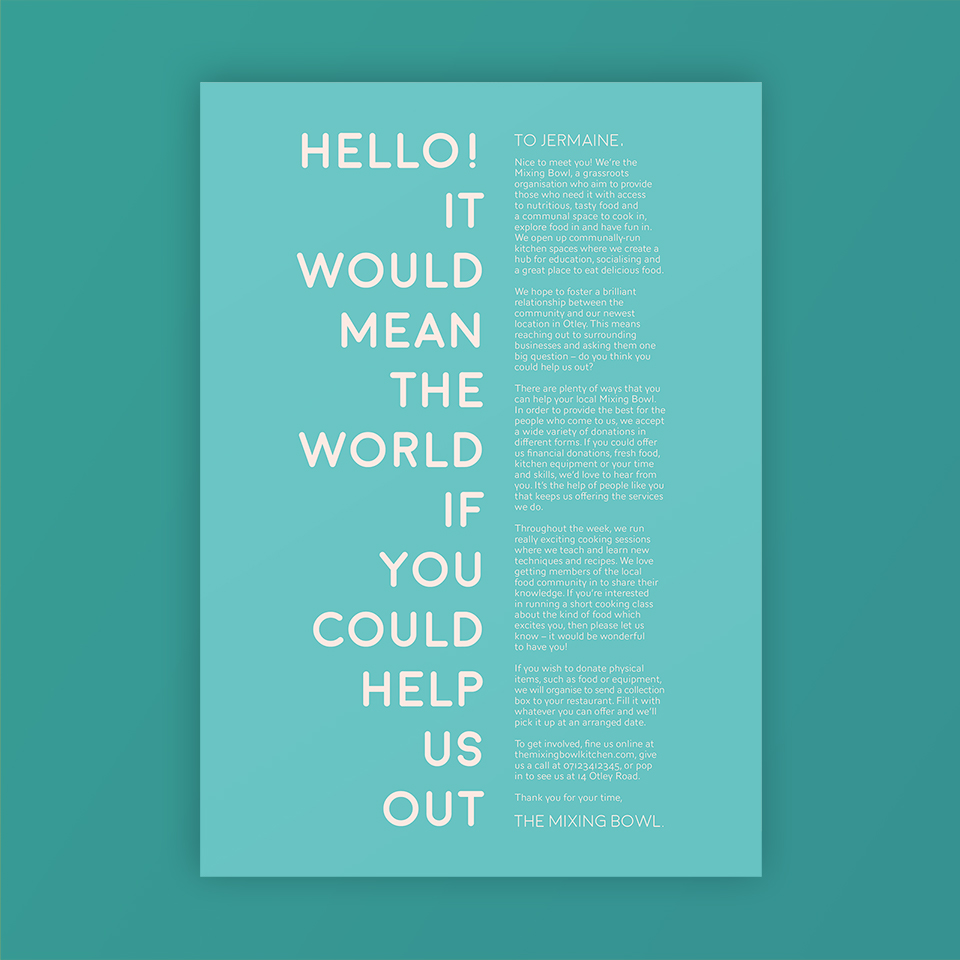
| creating a community | one |
|---|---|
| The space is open and invites in those who need access to food and cooking resources, those who want to support an organisation taking a stand against food poverty and those who simply want a communal space in which to explore food. This helps to create an active community where those who struggle with accessing food do not feel demeaned and distanced from the rest of society. | |
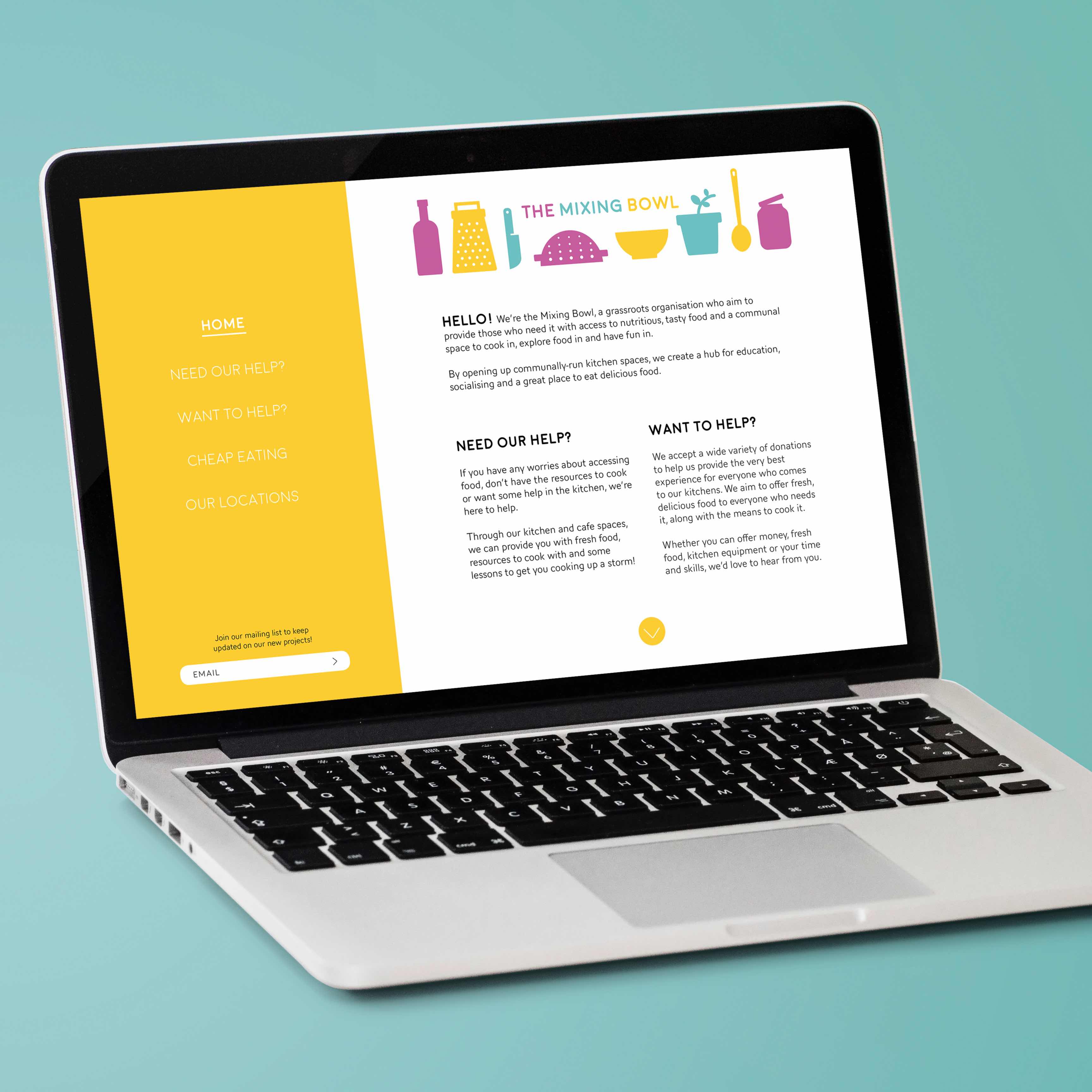
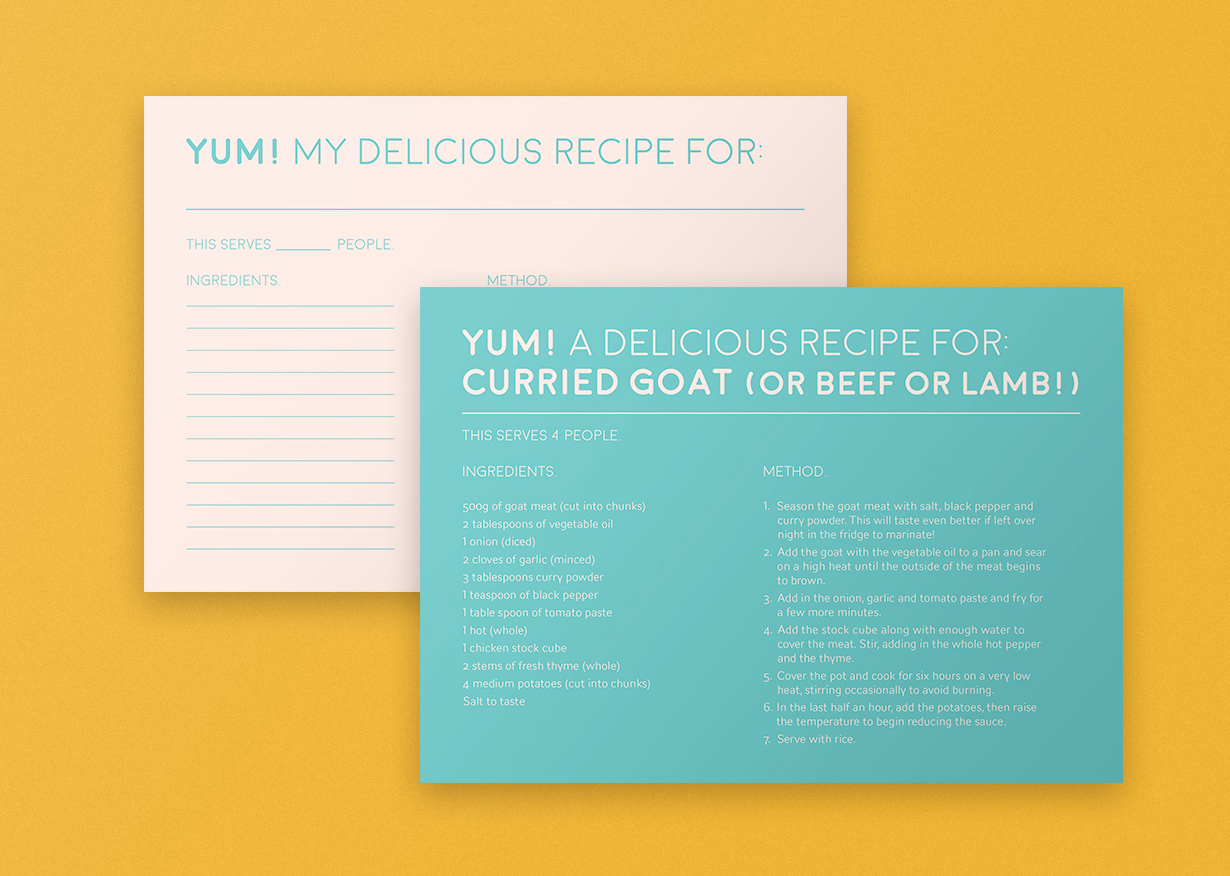
| a nuanced approach to food equity | one |
|---|---|
| The Mixing Bowl can provide access to fresh food, which can be grown in the community gardens or donated and stored. Rather than existing separately to the local community and waiting for donations, it uses an outreach programme to connect to businesses and individuals who are able to make regular donations. | |
| a nuanced approach to food equity | two |
|---|---|
| By garnering the support of local food businesses, the Mixing Bowl can also provide food education to its audience with interactive classes, joint cooking sessions and literature to take home. The space also functions as a hub for political and social activism, where people who often feel excluded from the political conversation can have their voices heard. It has a multi-faceted approach which helps to combat many of the interlinked problems people face when they are unable to access food. | |